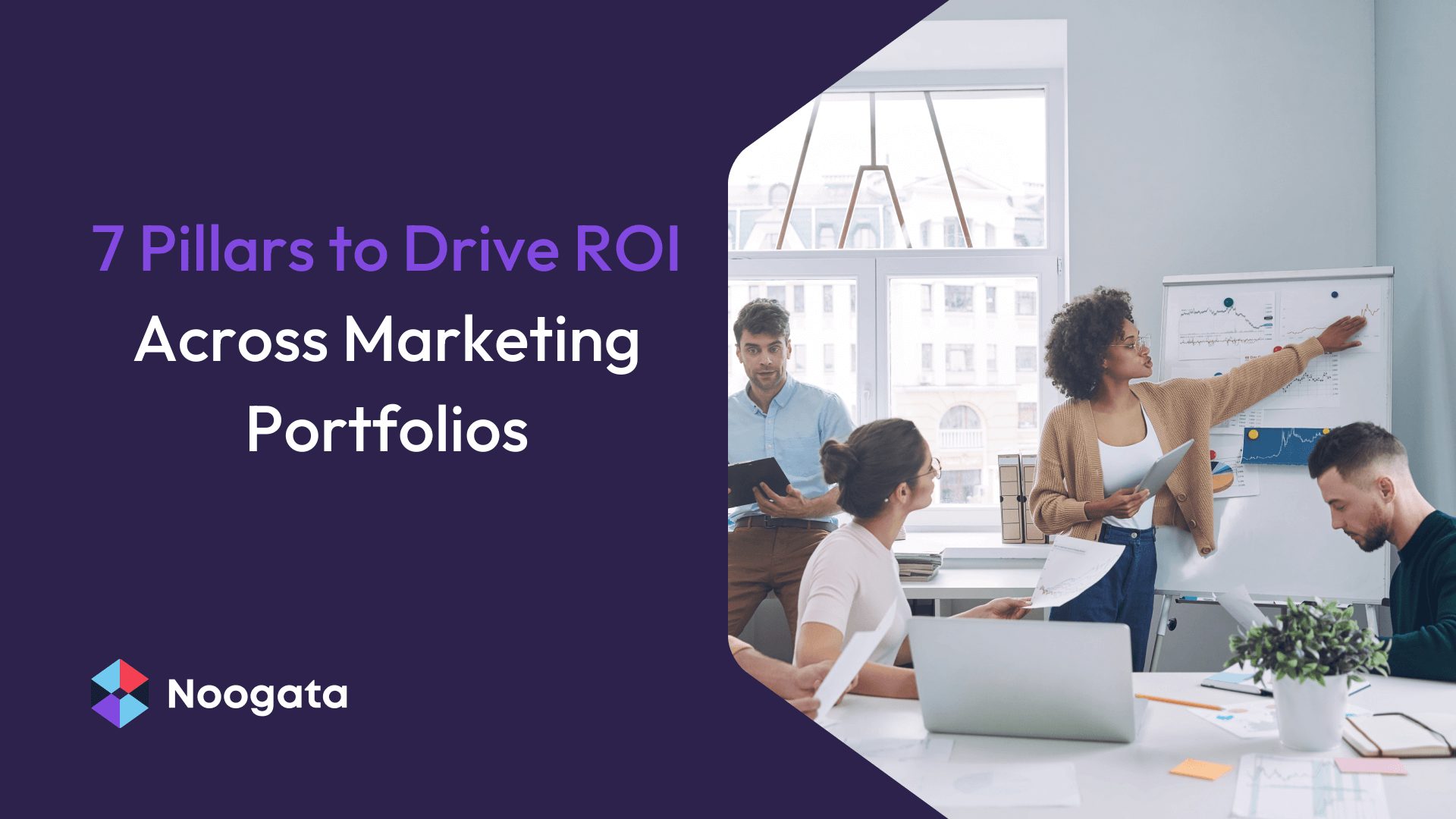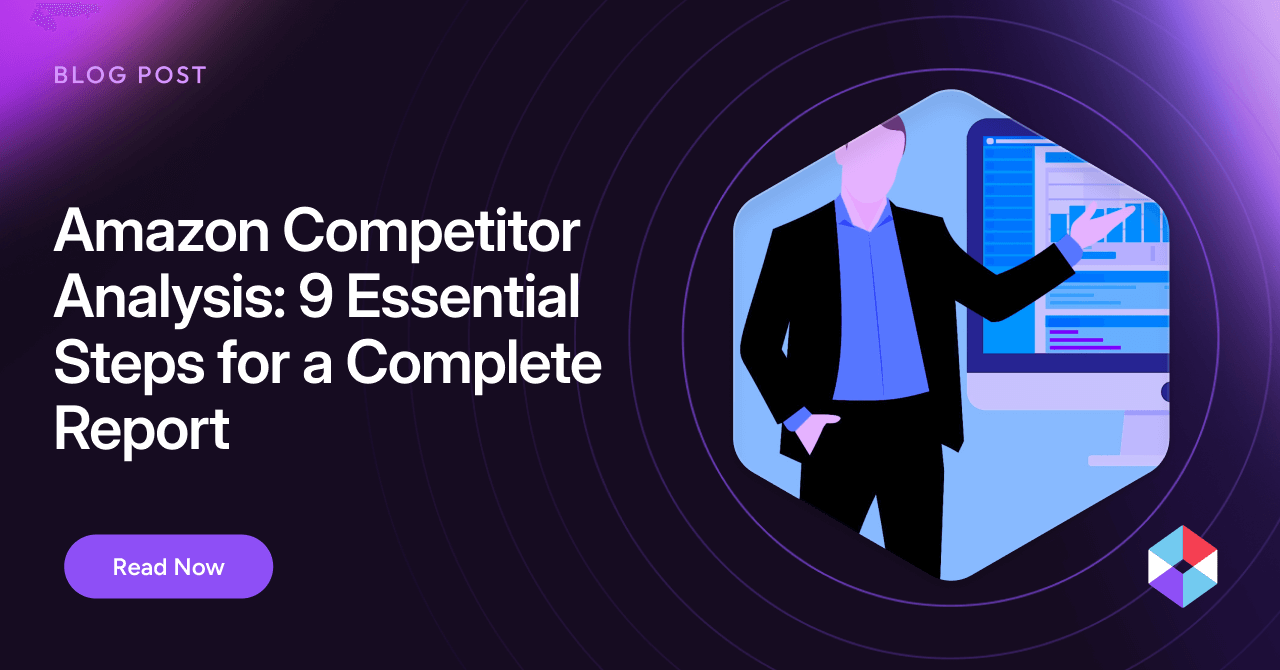Marketing has traditionally been perceived as a creative discipline. But the advent of digital technology means marketing departments are now awash with data, dictating a much more scientific approach.
By experimenting with different tactics and techniques, and measuring the impact of each, marketers can continuously optimize budget allocations for maximum effectiveness. But they need the right tools to do so. Our recently published eBook explores the key steps needed to drive ROI across a marketing portfolio, which we’ve outlined in the accompanying blog post:
Dissect channel interactions
When a consumer searches for something product-related, they are immediately signaling their buying intent. For consumer goods companies, being able to pitch up at that moment with a relevant proposition is of significant value. But not all searches are the same. Offensive search advertising positions your products against searches for your competitors’ brands, which can raise brand awareness but is typically not that successful at driving sales. Battleground search advertising means consumers have not expressed a brand preference and are open to alternatives, so this can help drive both brand awareness and sales. Defensive search advertising means advertising against searches for your own brands, which can protect repeat purchases, maintaining brand strength and customer loyalty. Being able to strike the right balance across these different interactions is crucial.
Establish the right KPIs
It may be tempting to focus exclusively on sales-related metrics, but marketers should not underestimate the importance of building brand recognition and value. To establish a more accurate picture of the value generated from advertising portfolios, organizations need a balanced set of KPIs that include metrics relating to sales, traffic, exposure, brand voice, and market share.
Quantify what you can
As organizations look to incorporate scientific method into their decision making, they need to take an evidence-based approach. Digital technology provides the means to collect data on a much wider scale. By constantly looking to capture relevant data, organizations will have better resources with which to quantify the effectiveness of each marketing tactic. Artificial intelligence ensures the analysis of that data can be scaled to derive valuable new insights.
Never stop experimenting
Marketers can always advance their knowledge of markets, customers, platforms and competitors by continuously running controlled ‘experiments.’ These can be as simple as running A/B tests to see which ad format yields better results. But for more impactful results, organizations can be bolder and fully pivot between different channels and vehicles. The key lies in collecting the right data to measure results, with a balanced set of KPIs to continue guiding and improving marketing effectiveness.
Listen to the market
Marketing via traditional media (print, tv, and radio) was very much one-directional. Digital technology has enabled consumers to connect, generate their own content and propagate trends. But the sheer volume of user-generated feedback being generated can be overwhelming. Organizations need to automate the capture and processing of this kind of information, including ratings, reviews, and social media feedback.
Enhance your understanding of consumers
Before the prevalence of digital technology, organizations relied on focus groups for market research, taking opinions from a relatively small sample set. Nowadays, organizations are awash with data gathered from very large populations. The challenge is how to sift through that data to find valuable insights. As organizations look to understand their customer base more intimately and gain insights into the broader market, they need to place the power of artificial intelligence into the hands of business and marketing analysts. AI can help organizations better understand search traffic, demand trends (seasonal, short-term, and long-term), localized activity (through geolocation analytics), and customer profiles (particularly by incorporating D2C data).
Find the right technology platform
Modern marketing departments need to take advantage of all the information at their disposal. The ability to automate data pipelines (the way data is gathered and prepared for analysis) is crucial. So too is the need for advanced analytics, driven by artificial intelligence, to uncover insights from that data. Flexibility is also essential. As marketers continue experimenting with different approaches, there will invariably be requirements to compose custom workflows, so platforms that lock you into a specific set of views and functionality will stifle creativity.
Download our recently published eBook – Beyond Marketing Attribution: Using Artificial Intelligence to Drive ROI for the full report.



